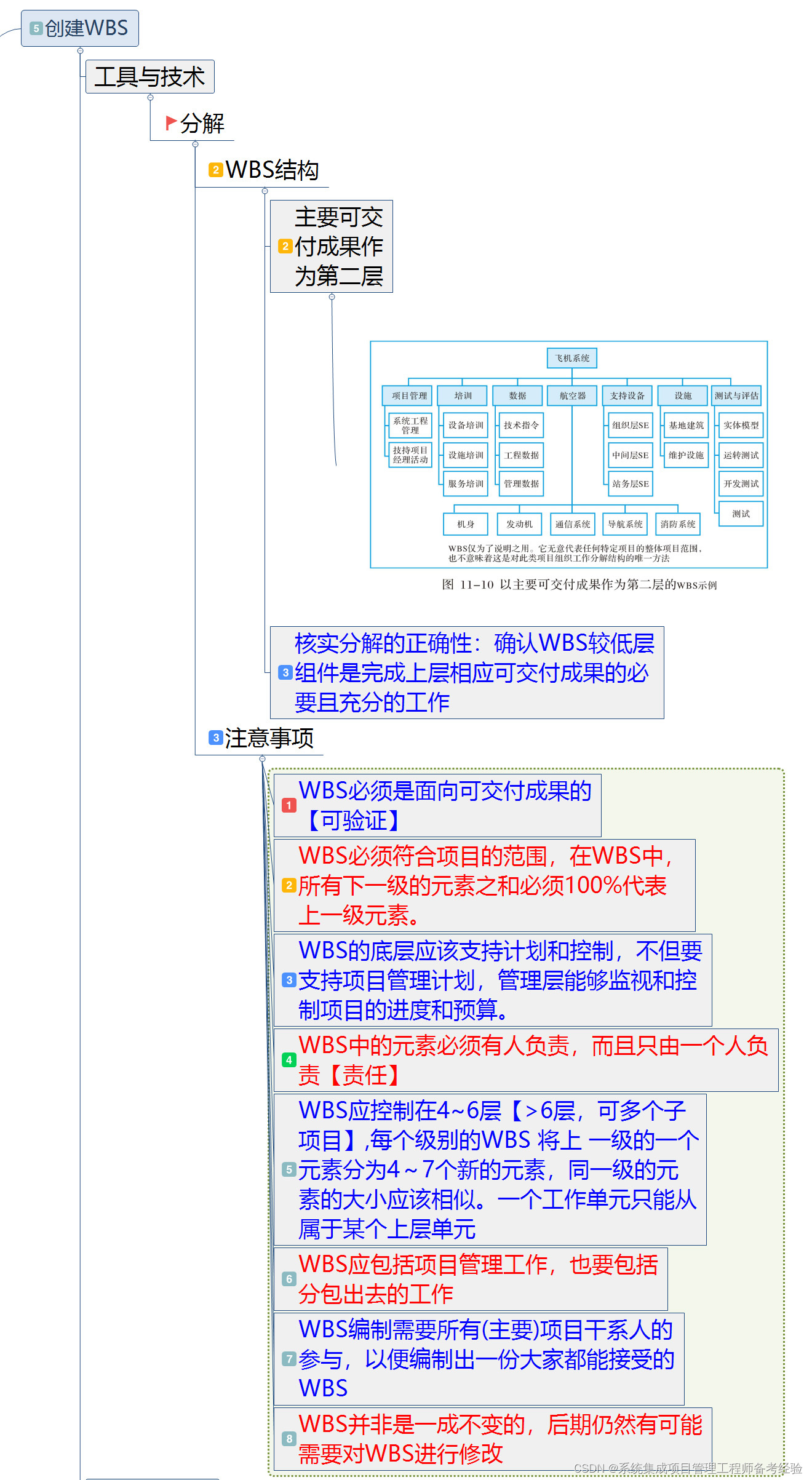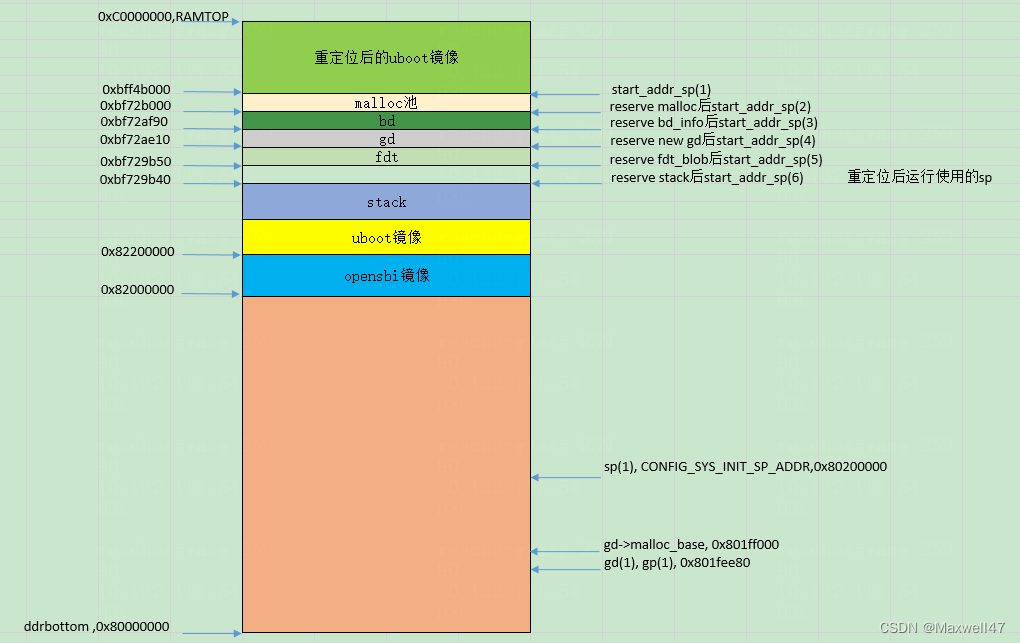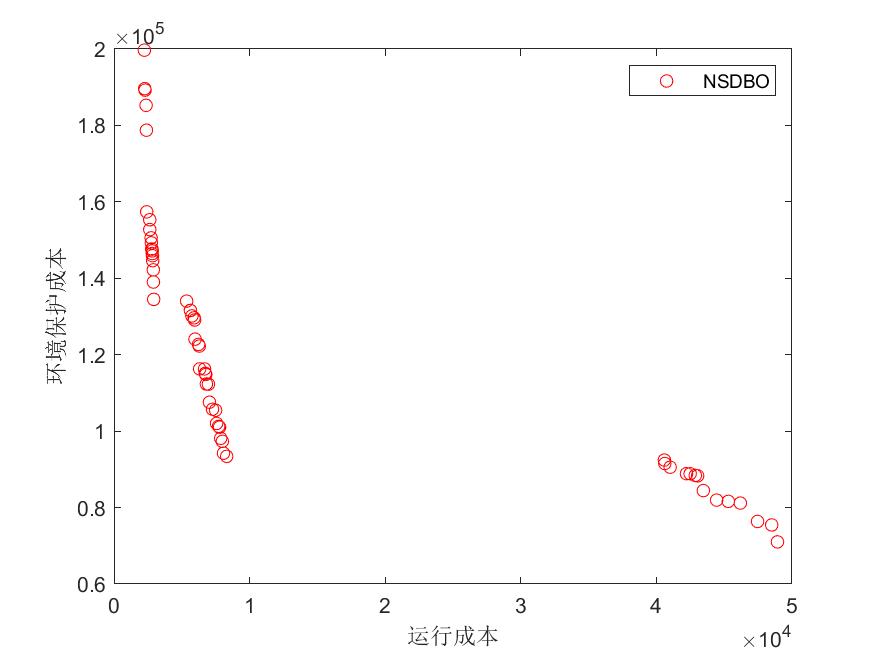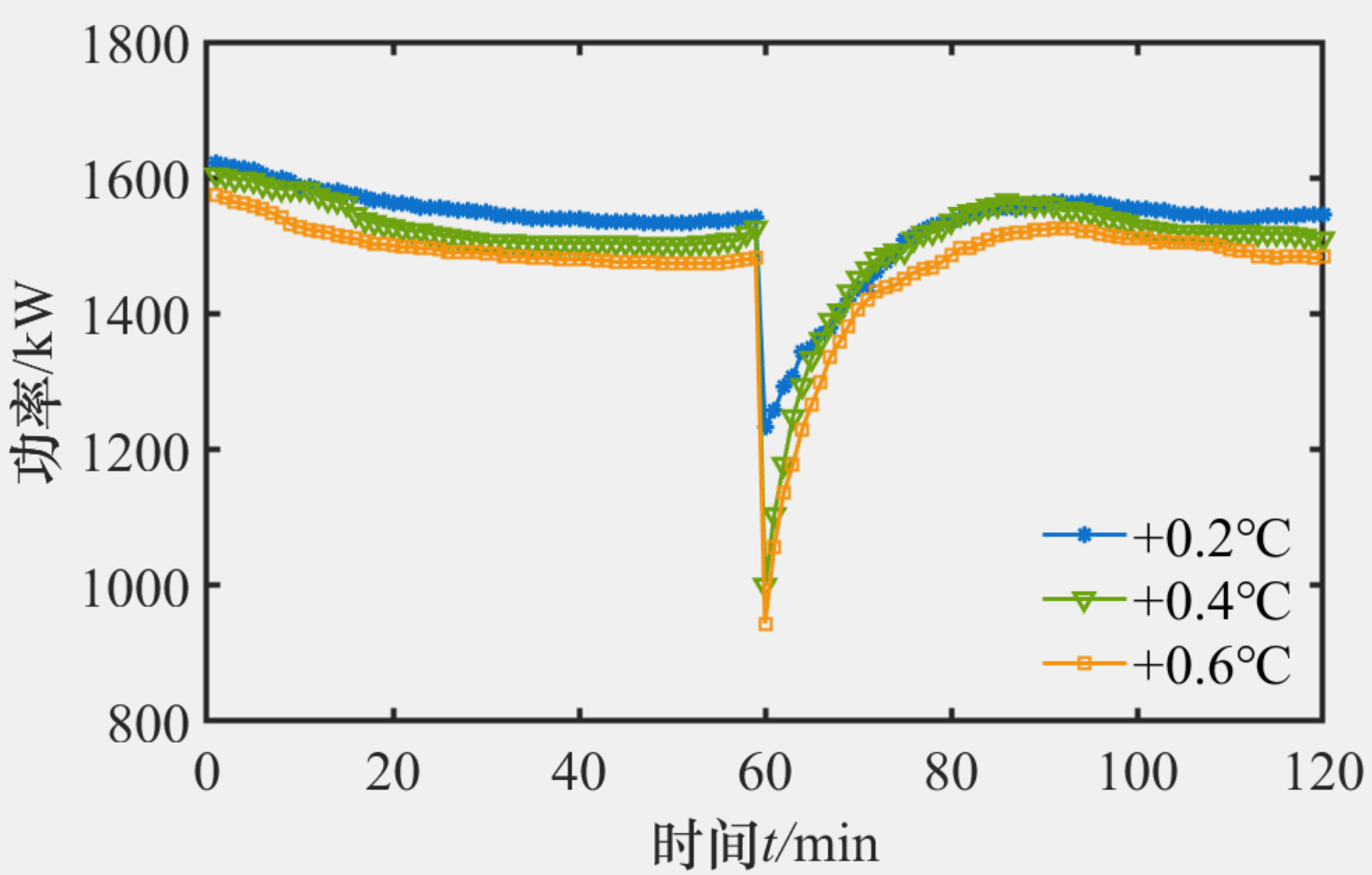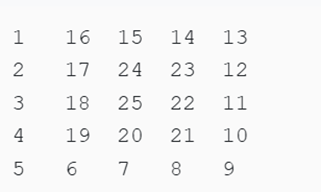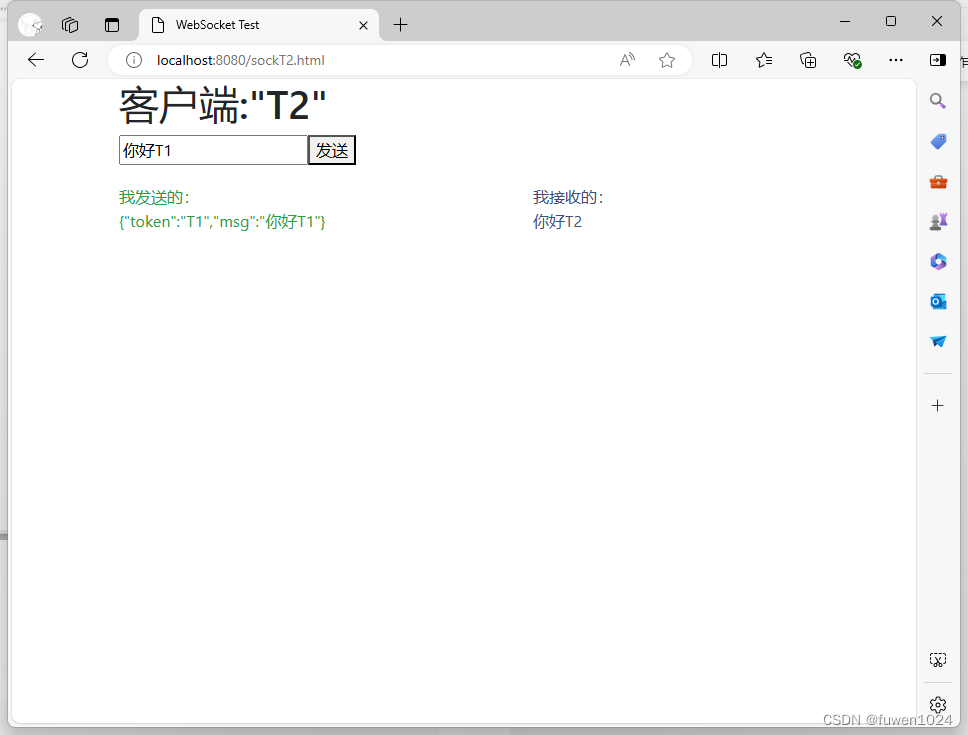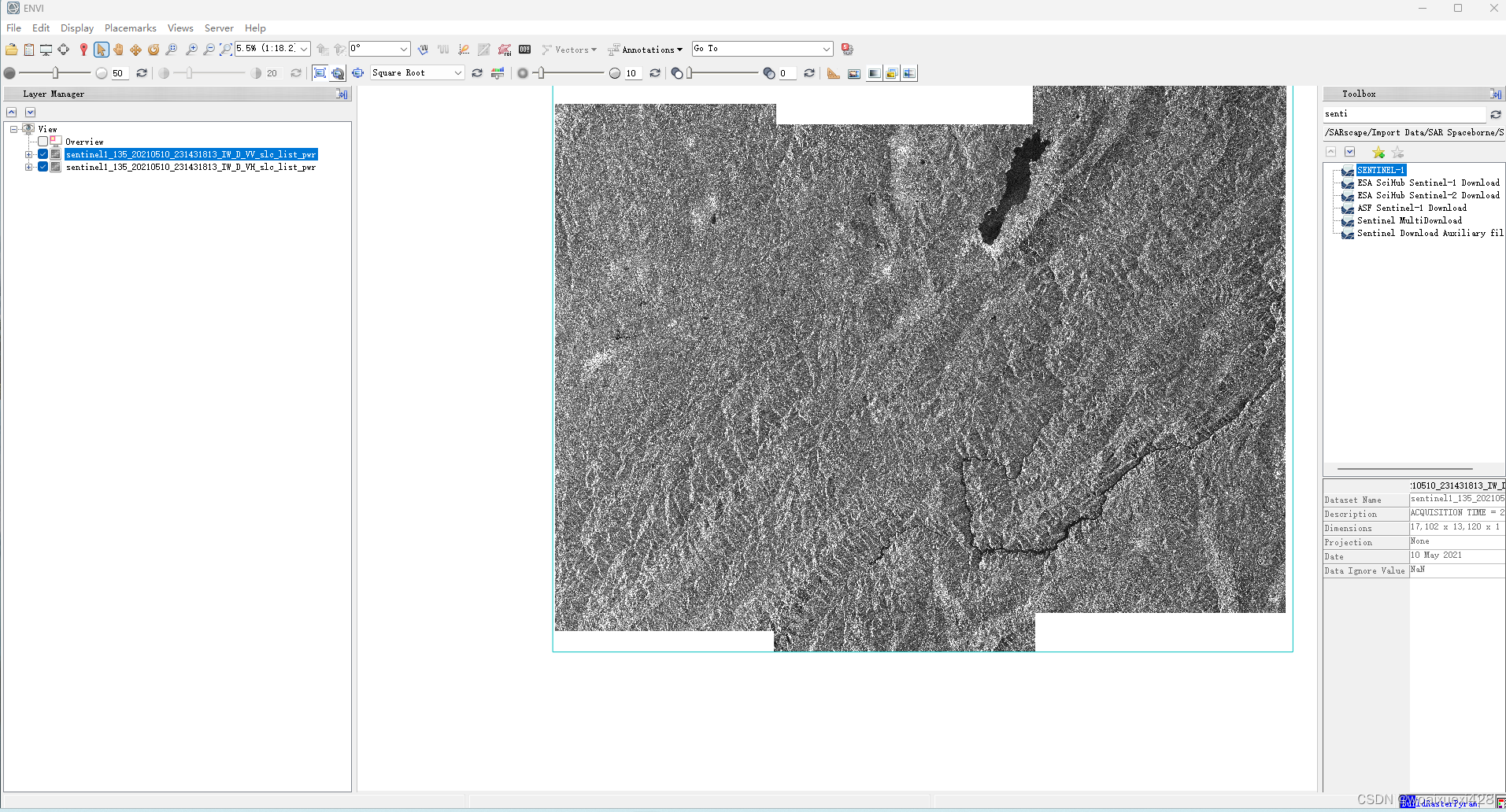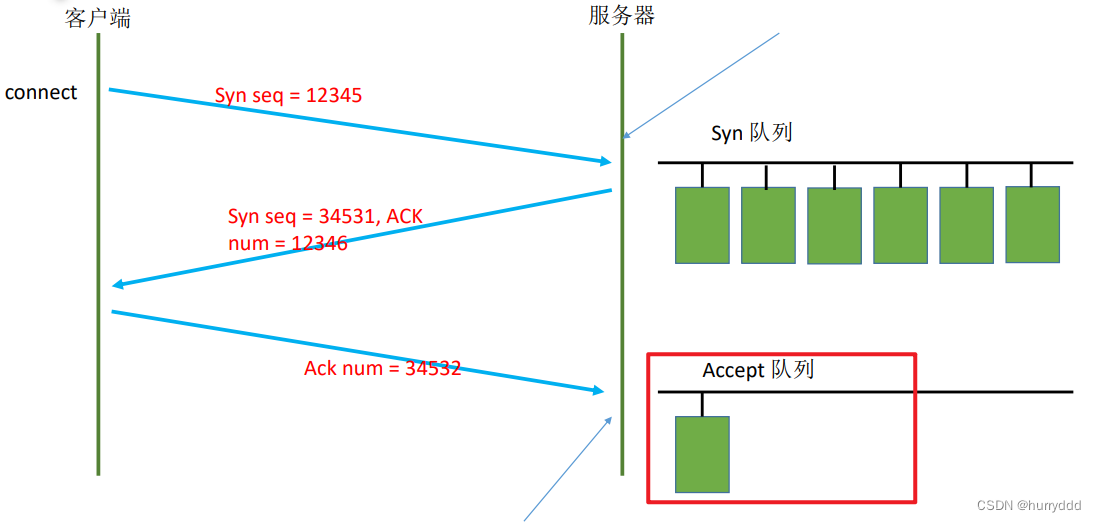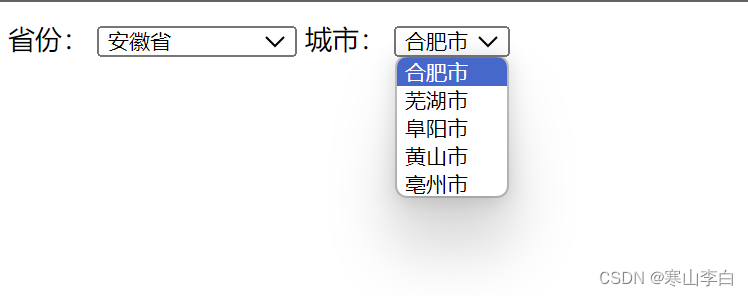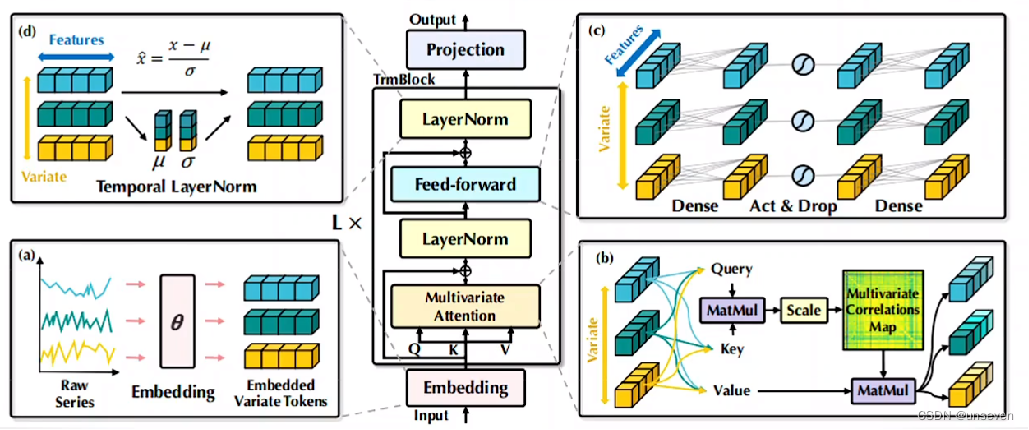1. 栈(Stack)
1.1 概念
栈:一种特殊的线性表,其只允许在固定的一端进行插入和删除元素操作。进行数据插入和删除操作的一端称为栈顶,另一端称为栈底。栈中的数据元素遵守后进先出LIFO(Last In First Out)的原则
- 压栈:栈的插入操作叫做进栈/压栈/入栈,入数据在栈顶
- 出栈:栈的删除操作叫做出栈。出数据在栈顶

栈在现实生活中的例子:

1.2 栈的使用
| 方法 | 功能 |
|---|---|
Stack() | 构造一个空的栈 |
E push(E e) | 将 e 入栈,并返回 e |
E pop() | 将栈顶元素出栈并返回 |
E peek() | 获取栈顶元素 |
int size() | 获取栈中有效元素个数 |
boolean empty() | 检测栈是否为空 |
public static void main(String[] args) {
Stack<Integer> s = new Stack();
s.push(1);
s.push(2);
s.push(3);
s.push(4);
System.out.println(s.size()); // 获取栈中有效元素个数---> 4
System.out.println(s.peek()); // 获取栈顶元素---> 4
s.pop(); // 4出栈,栈中剩余1 2 3,栈顶元素为3
System.out.println(s.pop()); // 3出栈,栈中剩余1 2 栈顶元素为3
if(s.empty()){
System.out.println("栈空");
}else{
System.out.println(s.size());
}
}
1.3 栈的模拟实现

从上图中可以看到,Stack继承了Vector,Vector和ArrayList类似,都是动态的顺序表,不同的是Vector是线程安全的。
import java.util.Arrays;
public class MyStack {
public int[] elem;
public int usedSize;
public MyStack() {
this.elem = new int[10];
}
public void push(int val) {
if (isFull()) {
elem = Arrays.copyOf(elem, 2*elem.length);
}
elem[usedSize] = val;
usedSize++;
}
public boolean isFull() {
return usedSize == elem.length;
}
public int pop() {
if( empty() ){
throw new RuntimeException("栈为空,无法删除元素");
}
int oldVal = elem[usedSize-1];
usedSize--;
return oldVal;
}
public boolean empty() {
return usedSize == 0;
}
public int peek() {
if(empty()){
throw new RuntimeException("栈为空,无法获取栈顶元素");
}
return elem[usedSize-1];
}
}
public class Test {
public static void main(String[] args) {
MyStack myStack = new MyStack();
myStack.push(1);
myStack.push(2);
myStack.push(3);
System.out.println(myStack.pop());
System.out.println(myStack.peek());
}
}
1.4 栈的应用场景
- 改变元素的序列
1. 若进栈序列为 1,2,3,4 ,进栈过程中可以出栈,则下列不可能的一个出栈序列是()
A: 1,4,3,2 B: 2,3,4,1 C: 3,1,4,2 D: 3,4,2,1
C:输出3后不能跳过2就输出1
2.一个栈的初始状态为空。现将元素1、2、3、4、5、A、B、C、D、E依次入栈,然后再依次出栈,则元素出栈的顺
序是( )。
A: 12345ABCDE B: EDCBA54321 C: ABCDE12345 D: 54321EDCBA
B
- 将递归转化为循环
比如:逆序打印链表
// 递归方式
void printList(Node head){
if(null != head){
printList(head.next);
System.out.print(head.val + " ");
}
}
// 循环方式
void printList(Node head){
if(null == head){
return;
}
Stack<Node> s = new Stack<>();
// 将链表中的结点保存在栈中
Node cur = head;
while(null != cur){
s.push(cur);
cur = cur.next;
}
// 将栈中的元素出栈
while(!s.empty()){
System.out.print(s.pop().val + " ");
}
}
- 逆波兰表达式求值
给你一个字符串数组 tokens ,表示一个根据 逆波兰表示法 表示的算术表达式。请你计算该表达式。返回一个表示表达式值的整数。
import java.util.Stack;
class Solution {
public int evalRPN(String[] tokens) {
Stack<Integer> st = new Stack<>();
for (String a:
tokens) {
if (a.equals("+")) {
Integer num1 = st.pop();
Integer num2 = st.pop();
st.push(num2+num1);
} else if (a.equals("-")) {
Integer num1 = st.pop();
Integer num2 = st.pop();
st.push(num2-num1);
} else if (a.equals("*")) {
Integer num1 = st.pop();
Integer num2 = st.pop();
st.push(num2*num1);
} else if (a.equals("/")) {
Integer num1 = st.pop();
Integer num2 = st.pop();
st.push(num2/num1);
} else {
st.push(Integer.valueOf(a));
}
}
return st.peek();
}
}
- 有效的括号
给定一个只包括 ‘(’,‘)’,‘{’,‘}’,‘[’,‘]’ 的字符串 s ,判断字符串是否有效。
有效字符串需满足:
左括号必须用相同类型的右括号闭合。
左括号必须以正确的顺序闭合。
每个右括号都有一个对应的相同类型的左括号。
import java.util.Stack;
class Solution {
public boolean isValid(String s) {
Stack<Character> sk = new Stack<>();
for (int i = 0; i < s.length(); i++) {
char ch = s.charAt(i);
if (ch == '(' || ch == '{' || ch == '[') {
sk.push(ch);
} else {
if (sk.isEmpty()) {
return false;
} else {
char chL = sk.peek();
if (chL == '(' && ch == ')' || chL == '{' && ch == '}'
||chL == '[' && ch == ']') {
sk.pop();
} else {
return false;
}
}
}
}
return sk.empty();
}
}
- 栈的压入、弹出序列
输入两个整数序列,第一个序列表示栈的压入顺序,请判断第二个序列是否可能为该栈的弹出顺序。假设压入栈的所有数字均不相等。例如序列1,2,3,4,5是某栈的压入顺序,序列4,5,3,2,1是该压栈序列对应的一个弹出序列,但4,3,5,1,2就不可能是该压栈序列的弹出序列。
- 0<=pushV.length == popV.length <=1000
- -1000<=pushV[i]<=1000
- pushV 的所有数字均不相同
import java.util.*;
public class Solution {
/**
* 代码中的类名、方法名、参数名已经指定,请勿修改,直接返回方法规定的值即可
*
*
* @param pushV int整型一维数组
* @param popV int整型一维数组
* @return bool布尔型
*/
public boolean IsPopOrder (int[] pushV, int[] popV) {
// write code here
int j = 0;
Stack<Integer> sk = new Stack<>();
for (int i = 0; i < pushV.length; i++) {
sk.push(pushV[i]);
while (j < popV.length && sk.peek() == popV[j]
&& !sk.empty()) {
sk.pop();
j++;
}
}
return sk.empty();
}
}
- 最小栈
设计一个支持 push ,pop ,top 操作,并能在常数时间内检索到最小元素的栈。
实现 MinStack 类:
MinStack() 初始化堆栈对象。
void push(int val) 将元素val推入堆栈。
void pop() 删除堆栈顶部的元素。
int top() 获取堆栈顶部的元素。
int getMin() 获取堆栈中的最小元素。
import java.util.Stack;
class MinStack {
Stack<Integer> stack;
Stack<Integer> minStack;
public MinStack() {
stack = new Stack<>();
minStack = new Stack<>();
}
public void push(int val) {
stack.push(val);
if (minStack.empty()) {
minStack.push(val);
} else {
Integer peekVal = minStack.peek();
if (val <= peekVal) {
minStack.push(val);
}
}
}
public void pop() {
if (stack.empty()) {
return;
}
Integer popVal = stack.pop();
if (popVal.equals(minStack.peek())) {
minStack.pop();
}
}
public int top() {
if (stack.empty()) {
return -1;
}
return stack.peek();
}
public int getMin() {
if (minStack.empty()) {
return -1;
}
return minStack.peek();
}
}
/**
* Your MinStack object will be instantiated and called as such:
* MinStack obj = new MinStack();
* obj.push(val);
* obj.pop();
* int param_3 = obj.top();
* int param_4 = obj.getMin();
*/
2. 队列(Queue)
2.1 概念
队列:只允许在一端进行插入数据操作,在另一端进行删除数据操作的特殊线性表,队列具有先进先出FIFO(First In First Out) 入队列:进行插入操作的一端称为队尾(Tail/Rear) 出队列:进行删除操作的一端称为队头(Head/Front)

2.2 队列的使用
在Java中,Queue是个接口,底层是通过链表实现的。

| 方法 | 功能 |
|---|---|
boolean offer(E e) | 入队列 |
E poll() | 出队列 |
E peek() | 获取队头元素 |
int size() | 获取队列中有效元素个数 |
boolean isEmpty() | 检测队列是否为空 |
注意:Queue是个接口,在实例化时必须实例化LinkedList的对象,因为LinkedList实现了Queue接口。
public static void main(String[] args) {
Queue<Integer> q = new LinkedList<>();
q.offer(1);
q.offer(2);
q.offer(3);
q.offer(4);
q.offer(5); // 从队尾入队列
System.out.println(q.size());
System.out.println(q.peek()); // 获取队头元素
q.poll();
System.out.println(q.poll()); // 从队头出队列,并将删除的元素返回
if(q.isEmpty()){
System.out.println("队列空");
}else{
System.out.println(q.size());
}
}
2.3 队列模拟实现
队列中既然可以存储元素,那底层肯定要有能够保存元素的空间,通过前面线性表的学习了解到常见的空间类型有两种:顺序结构 和 链式结构。
队列的实现使用顺序结构还是链式结构好?
public class MyQueue {
static class ListNode {
public int val;
public ListNode prev;
public ListNode next;
public ListNode(int val) {
this.val = val;
}
}
public ListNode head;
public ListNode last;
public void offer(int val) {
ListNode node = new ListNode(val);
if (head == null) {
head = last = node;
} else {
last.next = node;
node.prev = last;
last = last.next;
}
}
public int poll() {
if (head == null) {
return -1;
}
int ret = head.val;
if (head.next == null) {
head = null;
last = null;
} else {
head = head.next;
head.prev = null;
}
return ret;
}
public int peek() {
if (head == null) {
return -1;
}
return head.val;
}
public boolean isEmpty() {
return head == null;
}
}
public class Test {
public static void main(String[] args) {
MyQueue myQueue = new MyQueue();
myQueue.offer(1);
myQueue.offer(2);
myQueue.offer(3);
System.out.println(myQueue.poll());
System.out.println(myQueue.peek());
}
}
2.4 循环队列
实际中我们有时还会使用一种队列叫循环队列。如操作系统课程讲解生产者消费者模型时可以就会使用循环队列。环形队列通常使用数组实现。

2.4.1 数组下标循环的小技巧
- 下标最后再往后(offset 小于 array.length): index = (index + offset) % array.length

- 下标最前再往前(offset 小于 array.length): index = (index + array.length - offset) % array.length

2.4.2 如何区分空与满
- 通过添加 size 属性记录
- 保留一个位置
- 使用标记
2.4.3 设计循环队列
class MyCircularQueue {
public int[] elem;
public int first;
public int last;
public MyCircularQueue(int k) {
elem = new int[k+1];
}
public boolean enQueue(int value) {
if (isFull()) {
return false;
}
elem[last] = value;
last = (last+1) % elem.length;
return true;
}
public boolean deQueue() {
if (isEmpty()) {
return false;
}
first = (first+1) % elem.length;
return true;
}
public int Front() {
if (isEmpty()) {
return -1;
}
return elem[first];
}
public int Rear() {
if (isEmpty()) {
return -1;
}
if (last == 0) {
return elem[elem.length-1];
} else {
return elem[last-1];
}
}
public boolean isEmpty() {
return first == last;
}
public boolean isFull() {
return (last+1) % elem.length == first;
}
}
/**
* Your MyCircularQueue object will be instantiated and called as such:
* MyCircularQueue obj = new MyCircularQueue(k);
* boolean param_1 = obj.enQueue(value);
* boolean param_2 = obj.deQueue();
* int param_3 = obj.Front();
* int param_4 = obj.Rear();
* boolean param_5 = obj.isEmpty();
* boolean param_6 = obj.isFull();
*/
3. 双端队列 (Deque)
双端队列(deque)是指允许两端都可以进行入队和出队操作的队列,deque 是 “double ended queue” 的简称。那就说明元素可以从队头出队和入队,也可以从队尾出队和入队。

Deque是一个接口,使用时必须创建LinkedList的对象。

在实际工程中,使用Deque接口是比较多的,栈和队列均可以使用该接口。
Deque<Integer> stack = new ArrayDeque<>();//双端队列的线性实现
Deque<Integer> queue = new LinkedList<>();//双端队列的链式实现
4. 面试题
1. 用队列实现栈
import java.util.LinkedList;
import java.util.Queue;
class MyStack {
public Queue<Integer> queue1;
public Queue<Integer> queue2;
public MyStack() {
queue1 = new LinkedList<>();
queue2 = new LinkedList<>();
}
public void push(int x) {
if (empty()) {
queue1.offer(x);
return;
}
if (!queue1.isEmpty()) {
queue1.offer(x);
} else {
queue2.offer(x);
}
}
public int pop() {
if (empty()) {
return -1;
}
if (!queue1.isEmpty()) {
int size = queue1.size();
for (int i = 0; i < size-1; i++) {
queue2.offer(queue1.poll());
}
return queue1.poll();
} else {
int size = queue2.size();
for (int i = 0; i < size-1; i++) {
queue1.offer(queue2.poll());
}
return queue2.poll();
}
}
public int top() {
if (empty()) {
return -1;
}
if (!queue1.isEmpty()) {
int ret = -1;
int size = queue1.size();
for (int i = 0; i < size; i++) {
ret = queue1.poll();
queue2.offer(ret);
}
return ret;
} else {
int ret = -1;
int size = queue2.size();
for (int i = 0; i < size; i++) {
ret = queue2.poll();
queue1.offer(ret);
}
return ret;
}
}
public boolean empty() {
return queue1.isEmpty() && queue2.isEmpty();
}
}
/**
* Your MyStack object will be instantiated and called as such:
* MyStack obj = new MyStack();
* obj.push(x);
* int param_2 = obj.pop();
* int param_3 = obj.top();
* boolean param_4 = obj.empty();
*/
2. 用栈实现队列
import java.util.Stack;
class MyQueue {
public Stack<Integer> stack1;
public Stack<Integer> stack2;
public MyQueue() {
stack1 = new Stack<>();
stack2 = new Stack<>();
}
public void push(int x) {
stack1.push(x);
}
public int pop() {
if (empty()) {
return -1;
}
if (stack2.empty()) {
while (!stack1.empty()) {
stack2.push(stack1.pop());
}
}
return stack2.pop();
}
public int peek() {
if (empty()) {
return -1;
}
if (stack2.empty()) {
while (!stack1.empty()) {
stack2.push(stack1.pop());
}
}
return stack2.peek();
}
public boolean empty() {
return stack1.empty() && stack2.empty();
}
}
/**
* Your MyQueue object will be instantiated and called as such:
* MyQueue obj = new MyQueue();
* obj.push(x);
* int param_2 = obj.pop();
* int param_3 = obj.peek();
* boolean param_4 = obj.empty();
*/
